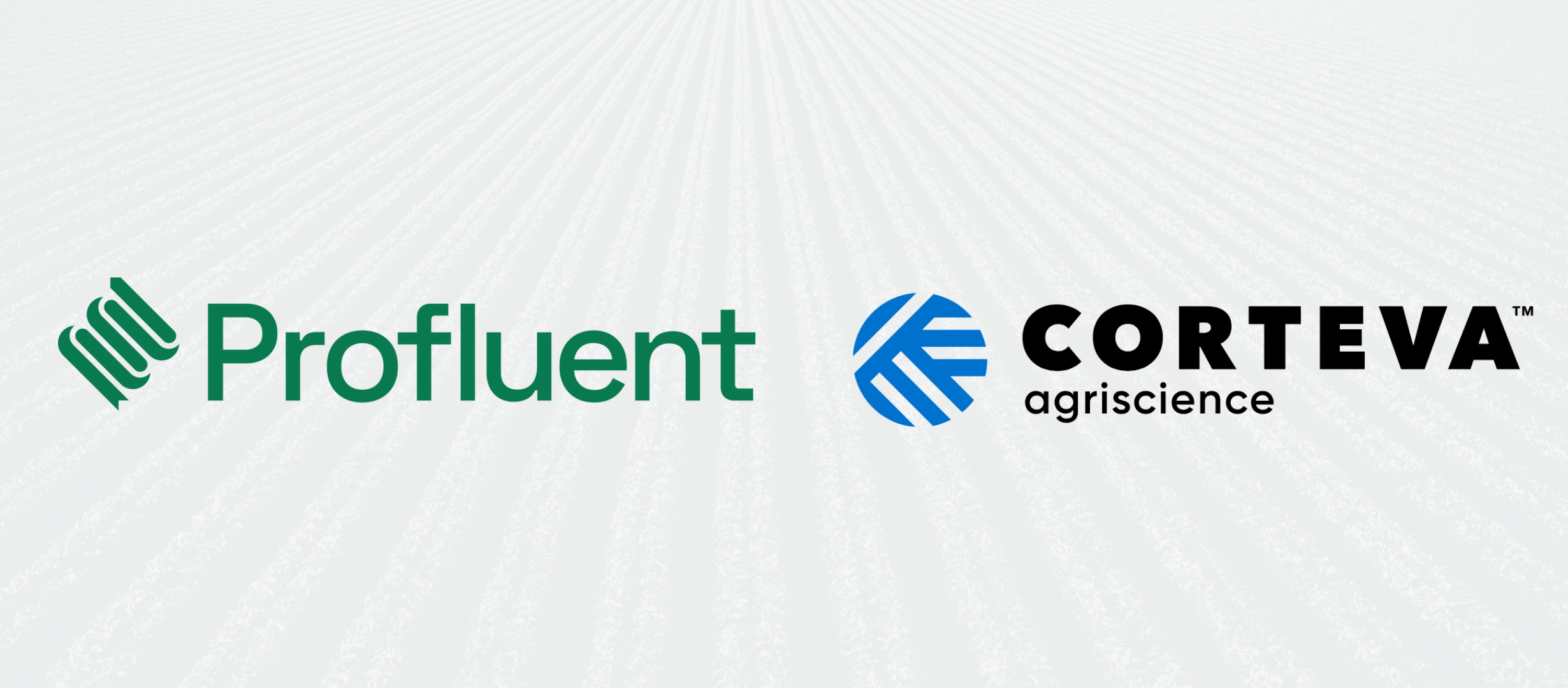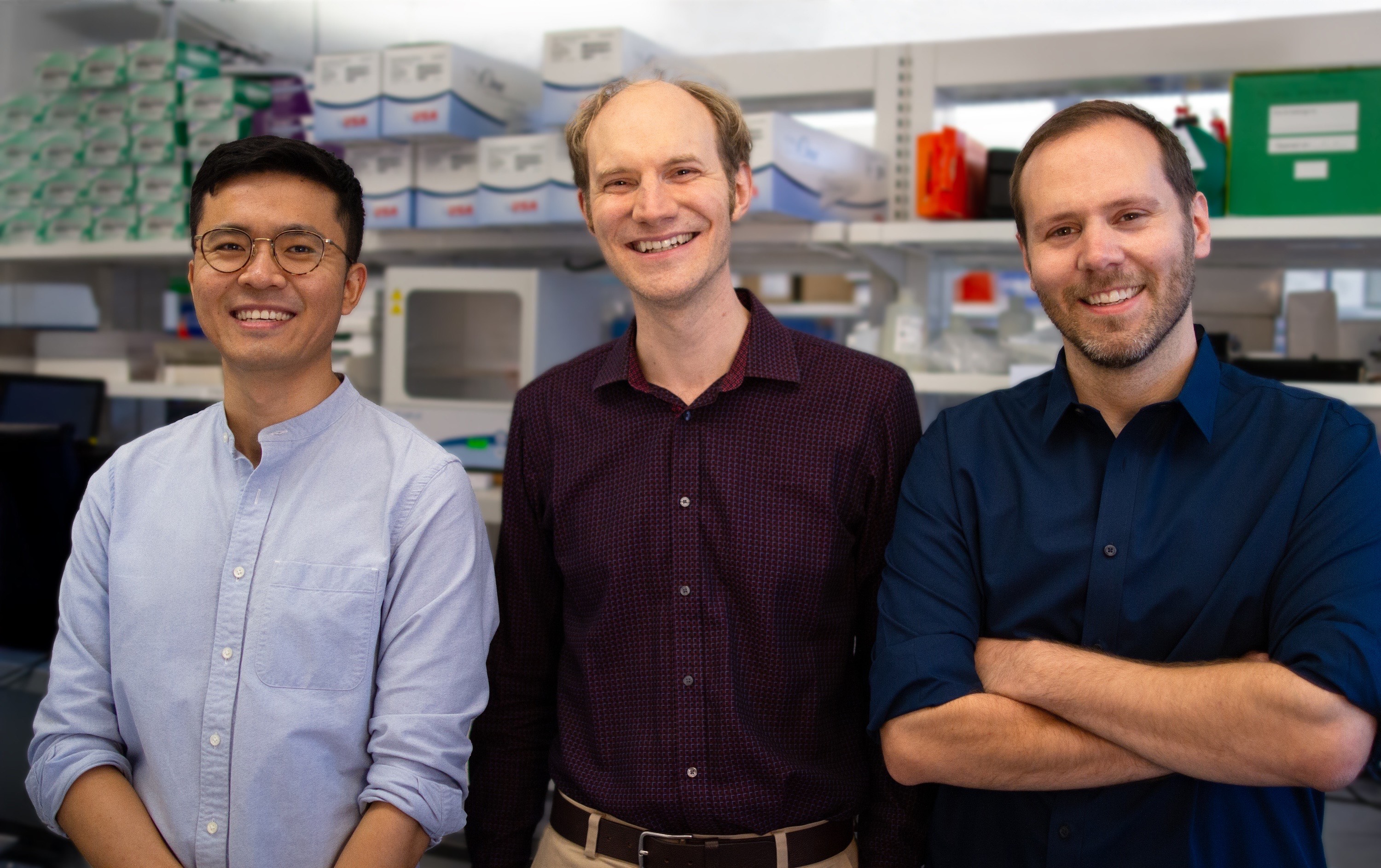The Search for a Cancer Vaccine: Have We Been Doing It All Wrong?
For nearly 250 years, scientists have attempted to rid the world of one of its most pervasive and horrible diseases—cancer. And, for at least the past 150 years, there have been repeated efforts to create a vaccine that might prevent, treat, or even cure it. We have all kinds of vaccines today, including the previously elusive mRNA vaccines. So, why don’t we have a cancer vaccine?
Current Methods Are Only Fighting Half the Battle
There are many reasons why cancer vaccines have not yet been as successful as vaccines against viruses or bacteria. Two of the key issues include the presence of cancer-associated immune dysfunction and pre-existing tolerance to cancer antigens. Traditionally, researchers have relied on identifying cancer from its signs and symptoms with antibody-based detection strategies. Certain antibodies are known to indicate certain cancer types. Some scientists have also attempted to explain molecular differences between cancers, the different stages of cancer, and non-malignant tumors. The results have identified numerous genes that drive cancer progression. While these methods make it possible to compare and contrast different clinical cancer groups, they do not necessarily help our understanding of disease biology. But specific, cancer-related proteins might. Scientists at the University of Toronto reported last year that multiple studies have shown that mRNA expression is weakly correlated with protein expression, giving rise to the support of research in clinical proteomics. Proteomics is the study of the sum of all proteins of an organism. Proteins are biomolecules expressed by genes. Because they directly carry out most biological processes, some scientists believe they are ideal predictors of disease progression. Proteins are the active targets of most cancer therapeutics, including the growing field of immunotherapies. The first protein studies that can be called proteomics began in 1975. Today, clinical proteomics is a growing field of molecular clinical research and an avenue for applying the findings to patient care. Biobohemia, a biotech company based in Boston, published a study in February 2021 in Cancers detailing why modern medicine may not have succeeded in developing a cancer vaccine. Now, the company is working to develop a new type of cancer vaccine using proteomics and a novel antigen composition for anticancer vaccination called antigenic essence technology.
Why Don’t We Have a Cancer Vaccine?
For Biobohemia, the answer lies on the surface of cancer cells. Like many cells, cancer cells grow, "feed," generate energy, and multiply. Thousands of different molecules are involved in performing these vital functions. Like a kind of "factory,'' these molecules support cell life and make up 99% of a cell's contents. Attempts at cancer vaccination using cancer cells have tended to generate side effects and autoimmune reactions, rather than targeting cancer cells. That’s because many of the molecules found within the cell—or the “factory components”—are mainly concerned with basic cellular functions such as biosynthesis and cell division. This can negatively affect therapies. Antibodies and other cells released by the immune system only recognize antigens on the surface of cancer cells, where the cell’s individuality is expressed. Biobohemia scientists realized that vaccination could be possible by bypassing the cancer cell’s internal factory and concentrating on the cell’s surface instead. The team removed the unnecessary "factory" components, obtaining a substance the company calls antigenic essence.

Schematic of a cell in which unique proteins are represented by different numbers and the amounts of those proteins are represented by the size of each number. The cell surface displays a wide variety of numbers, while the cell’s interior contains larger quantities of fewer numbers. Cell-specific antigenic essence is obtained by splitting off the contents of the cell surface. Image: Biobohemia“A multitude of environmental factors, including contacts with nearby cells, contacts with the surrounding structures, and the presence of various receptors, contribute to the unique ‘face’ of each cell type. So, it dawned on us that for effective cancer vaccination, we need to collect the ‘face’ of the cancer cell,” says the company’s co-founder, CEO, and CSO, Dr. Petr Lokhov. “Cancer cells are just altered cells of our own body,” Lokhov said. Cells become cancer cells in most cases due to mutations in their genes. Often, many mutations will occur before a cell becomes a cancer cell. These mutations may affect different genes that control how cells grow and divide. For example, melanoma—which can be a type of skin lung or colorectal cancer—can express 150 or fewer mutations. Other cancers have fewer than that. “From these and other data, we know that the molecular composition of a cancer cell is very close to that of a normal cell,” Lokhov says. “The principle of vaccination that works against bacteria and viruses—vaccinate with what you want to develop protection against—does not work against human cancer cells because the result would be the body attacking itself.” To prevent the body’s immune system from attacking healthy cells, it’s necessary to induce a very selective immune response targeting only the cancerous cells. Humans recognize one another by looking at each others’ faces. Similarly, immune cells recognize target cells by looking at the molecules on their surfaces. A possible solution could be using neoantigens–or antigens expressed from mutated genes only. But some 99% of the mutations in cancer are not critical to cancer’s survival, so targeting them wouldn’t necessarily kill the cancer, explains Lokhov.

Developing Novel Vaccine Delivery Systems for Cancer Therapy. This image is part of the Nanotechnology Image Library collection.“In our opinion, similar limitations can also be found in vaccinations that use separate cancer antigens, including CAR-T cell technology and mRNA vaccines. It is theoretically possible to destroy a pool of cancer cells by triggering the immune system with one or several antigens,” Lokhov says. Essentially, targeting a cancer cell’s genetic variations may not necessarily kill a cancer cell.Though the possibility of immunizing people against cancer may seem new, especially in light of the record-setting COVID-19 mRNA vaccines, several cancer vaccines have been available for several decades. But the existing vaccines are very limited in the number of cancer types they can treat successfully. According to the National Cancer Institute (NCI), researchers first linked a virus—in this case, the Epstein-Barr virus (EBV)—to human cancer (Burkitt lymphoma), in 1964. In 2006, the FDA approved the human papillomavirus (HPV) vaccine, Gardasil, to prevent cervical cancer. Most recently, in 2010, the FDA approved the first human cancer treatment vaccine, sipuleucel-T, which used a patient's immune system cells to treat metastatic prostate cancer. After decades of research and slow, though steady progress, scientists now hope to either make cancer vaccines universal or personalize them to each patient or type of cancer.
The COVID Pandemic Gives a Booster Shot to Cancer Vaccines
The COVID-19 pandemic may be leading a resurgence in the ongoing fight to conquer cancer. Both Pfizer and Moderna, the two companies that revealed the first widely used COVID-19 vaccines to the world in 2020, are currently experimenting with mRNA-based vaccines for other illnesses, including cancer.Dr. Özlem Türeci, along with her husband, Dr. Uğur Şahin, co-founded BioNTech, a German next-generation immunotherapy company created in 2008 to develop new therapies for cancer and other serious diseases. The company collaborated with Pfizer on its COVID-19 vaccine. Now the companies are working together on a cancer vaccine. Sahin says he imagines a day when tailor-made, reproducible cancer therapies will be available and affordable for patients based on the genetic features of their tumors. He says he hopes to change the treatment paradigm for cancer patients worldwide. To date, BioNTech and its collaborators have advanced over 20 oncology product candidates, eight of which are in clinical trials.French billionaire businessman and CEO of Moderna, Stéphane Bancel told Forbes in March that he eventually aims to treat cancer with a shot. Moderna became a household name during the pandemic. But the company also has five therapeutic cancer vaccines in various stages of development. At Biobohemia, the company has something else in the pipeline. “We believe that a set of vaccines based on antigenic essences will be released in the near future,” says Lokhov. He says the company’s antigenic essence technology platform is being used to develop four potential candidates for cancer vaccines, under the brand name SANTAVAC. Lokhov expects these potential vaccines to be universal, meaning they “can be tuned against virtually any solid cancer.”
How Studying Proteins Points to Novel Cancer Therapy
Biobohemia's initial work was not in the field of cancer immunotherapy but the large-scale study of proteins or proteomics. Lokhov says this enabled the company’s scientists to take an unbiased look at cancer vaccines and deploy proteomics technologies to find a new approach.

Petr Lokhov, Co-Founder, CEO, Chief Scientific Officer of Biobohemia. Image: BiobohemiaProteomics uses a variety of methods based on high-performance mass spectrometry to investigate protein structure, assembly, and interactions within massive chemical structures such as viruses and human cells. One of the proteomics methods, proteomic footprint, guided the creation of antigenic essence.The bulk of specific molecules in a cell are proteins. To split proteins from the cell surface, scientists treat living cells with protease, an enzyme that splits proteins. Proteases are large, so they do not penetrate the cell, but rather only split the proteins on the surface. Still, there are numerous proteases. Biobohemia researchers had to find out how to choose the right one. They had to not only collect as much of the cell’s “face” as they could, but they had to avoid destroying it. They found that the protease trypsin fully cleaves or splits surface proteins while also maintaining their cell specificity, or the specific range of substances with which an antibody can be effective. “ collected cellular ‘face’ antigenic essence. Like a key to a lock, precisely fits the cancer cells from which it was collected,” Lokhov says. Lokhov reports that in the company’s experiments, almost all cancer cells were killed by the antigenic essence. The results were so stunning, that, at first, Lokhov was concerned the experiment had failed because the data seemed impossible. But, says Lokhov, the results fit the model. “This discovery is radically changing our understanding of anticancer vaccination. We now believe that antigenic essence is the ideal composition for cancer vaccination,” Lokhov says.
Why Hasn't Antigenic Essence Been Used Until Now?
“Again and again, decade after decade, people have tried to create vaccines based on inactivated cancer cells, despite repeated failure in clinical trials,” Lokhov says. “This approach is still being used. In defense of scientists, we can say that vaccines based on antigenic essences could not have appeared earlier. For all their apparent simplicity, they require the cutting-edge science of proteomics.”Lokhov said his company’s antigenic essence technology makes it possible to update many cellular vaccines that have already been developed as well as to find new ones. The technology could potentially introduce a new direction for anticancer vaccination research.As Biobohemia finishes clinical trials and applies for approval of its four potential candidates for universal cancer vaccines, the company also hopes to create an initiative for the massive upgrade of cellular cancer vaccines using its antigenic essence technology. Lokhov says the company’s next steps will be to invite individual scientists, groups, and institutes to consolidate academic science with investment and venture funding support. It’s unclear yet whether the antigenic essence technology will ultimately be successful. But after 150 years of searching for a universal cancer vaccine, it’s time for a new approach.

Looking to learn more about the future of healthcare? Be sure to join SynBioBeta’s upcoming Biopharma Event!




.svg)









.jpg)

.gif)